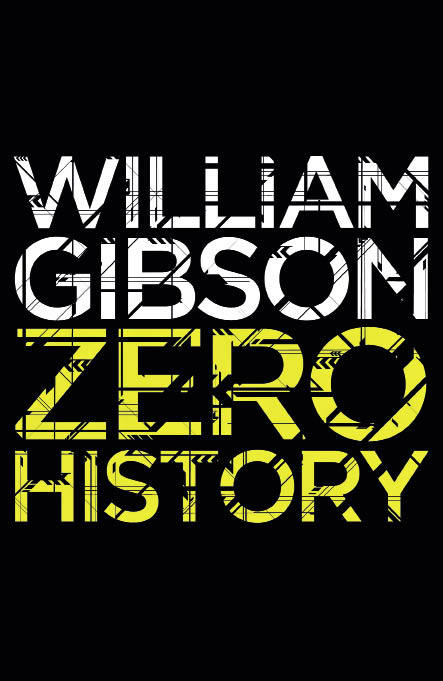More than quarter of a century later, 1984 remains firmly fixed in the future, fiction having provided a more vivid view than our memories of the year which actually happened.
Even so, a couple of things from the real, boring 1984 were memorable: Apple introduced the Macintosh personal computer (with a celebrated advertisement based on Nineteen Eighty-Four) and William Gibson published his first novel, Neuromancer, which popularised the idea of ‘cyberspace’, a term he had minted.
Both seemed like science fiction then. Apple’s machine, with its 128 kilobytes, now seems antediluvian. Some of Neuromancer still seems futuristic, but much of it simply describes the world we live in (often brought to us by Apple), rather vindicating Gibson’s remark that ‘The future is already here — it just isn’t evenly distributed.’
Zero History is the conclusion of a trilogy which began with 2003’s Pattern Recognition, one of the first novels to address 9/11 directly. They are not science fiction, but I don’t know whether that is because Gibson’s books have become less, or the world become more, science fictional.
Contemporary confusion is one of the mainsprings of the trilogy, linked by the lurking figure of the Belgian marketing man Hubertus Bigend, simultaneously sinister and preposterous, who has an unerring eye for a trend, but has had ‘taste removed by elective surgery’.
Bigend’s obsession is the digital age, and the counter-intuitive media it has spawned: viral marketing, virtual networks, secret brands, anonymous filmmakers, invisible artists. The present, in Bigend’s view, has so many competing narratives that no single history, or indeed any definitive shared reality, can any longer be agreed. If he can draw a map for these new territories, he will anticipate the goldrush.
The protagonists of each book — the coolhunter Cayce Pollard, the journalist and former cult pop star Hollis Henry, and Milgram, the pawn of private espionage outfits who is recovering from drug addiction — come to see Bigend’s influence as essentially malign. His interest alone is enough to strip all meaning from the phenomena he is curious about; he demeans everything and readies it for commodification. ‘Some kind of global contagion,’ as one character puts it. ‘He has a kind of dire gravity.’
Zero History, like the first two books, is essentially a thriller in which something needs to be hunted down; the director behind an anonymous viral film on the internet; the information being passed by spies on iPods, the video artist Bobby Chombo.
The McGuffin here is unbranded, but highly desirable, clothing, known as ‘Gabriel Hounds’, whose maker Hollis is hired to track down. That seems also — because of the money to be made supplying military clothing — to interest a number of shadowy agencies.
This echoes Pattern Recognition, in which Cayce, who was searching for an unknown filmmaker, owed her talent as a trend- spotter to her horror of brands, which provide the illusion of quality rather than the thing itself. When it comes to judging the workmanship of a flannel shirt, or the intentions of a clandestine government agency, Gibson suggests, the Hubertus Bigends of the world are always ready to profit as mediators, and to tell us what is cool, or true. The conclusion is satisfyingly neat.
But the main quality of Gibson’s books is their absolute confidence in their own stylish grasp of the Zeitgeist. All three novels are rather like the iPad: an indication of the future in the here and now; glossier, smarter and more expensive than the rest of the present.
Gibson is a prophet and a satirist, a black comedian and an astounding architect of cool. The danger is that even while warning us against something, he makes it so hip that someone is likely to go out and create it.
He is a terrific writer. He’s also responsible for much of the world we live in. One of the ideas in Spook Country, the second book in the series, was virtual art overlaid on real places; three years later, there’s an app for that.






Comments